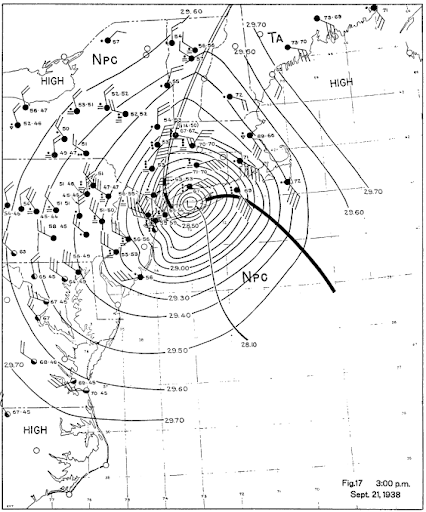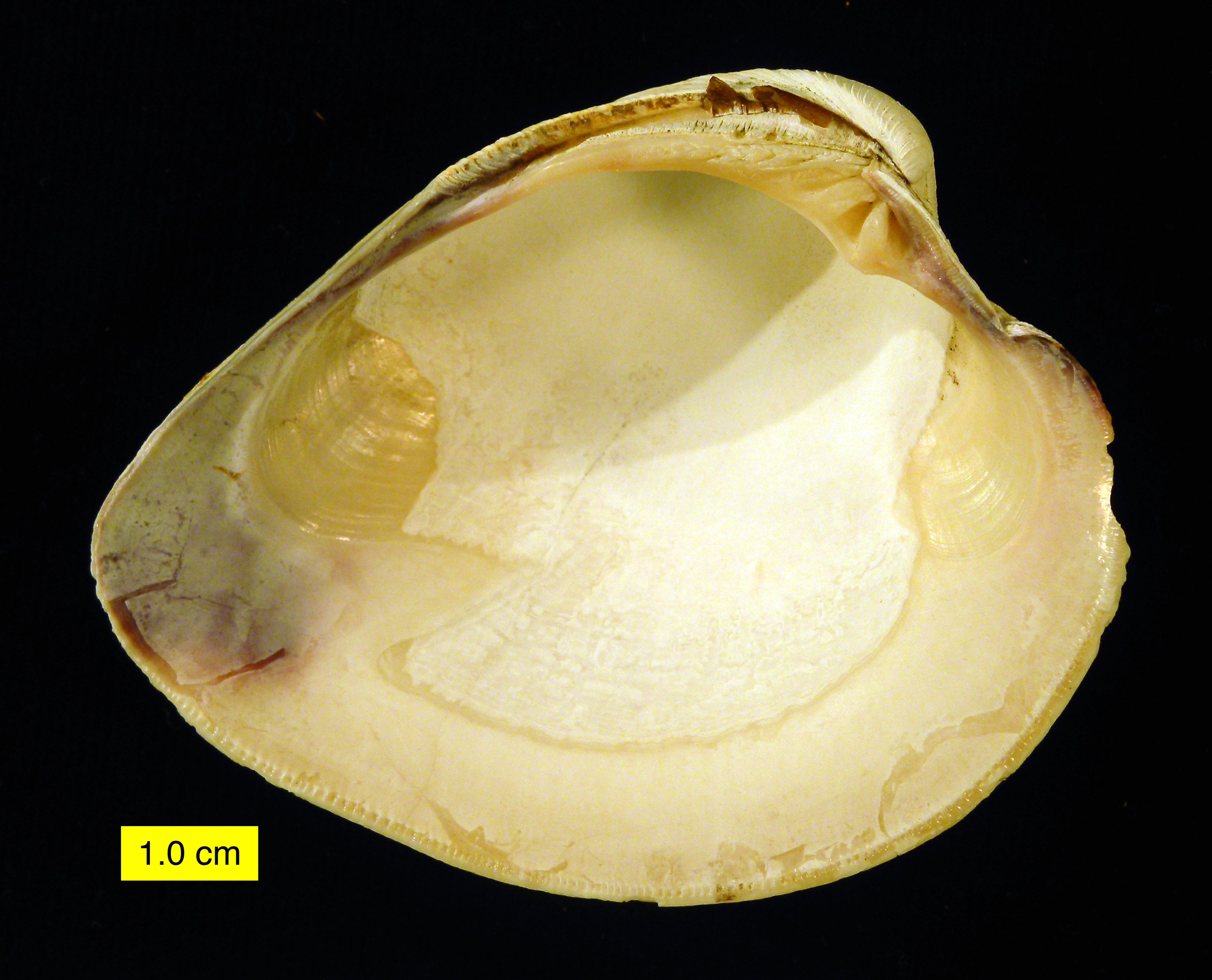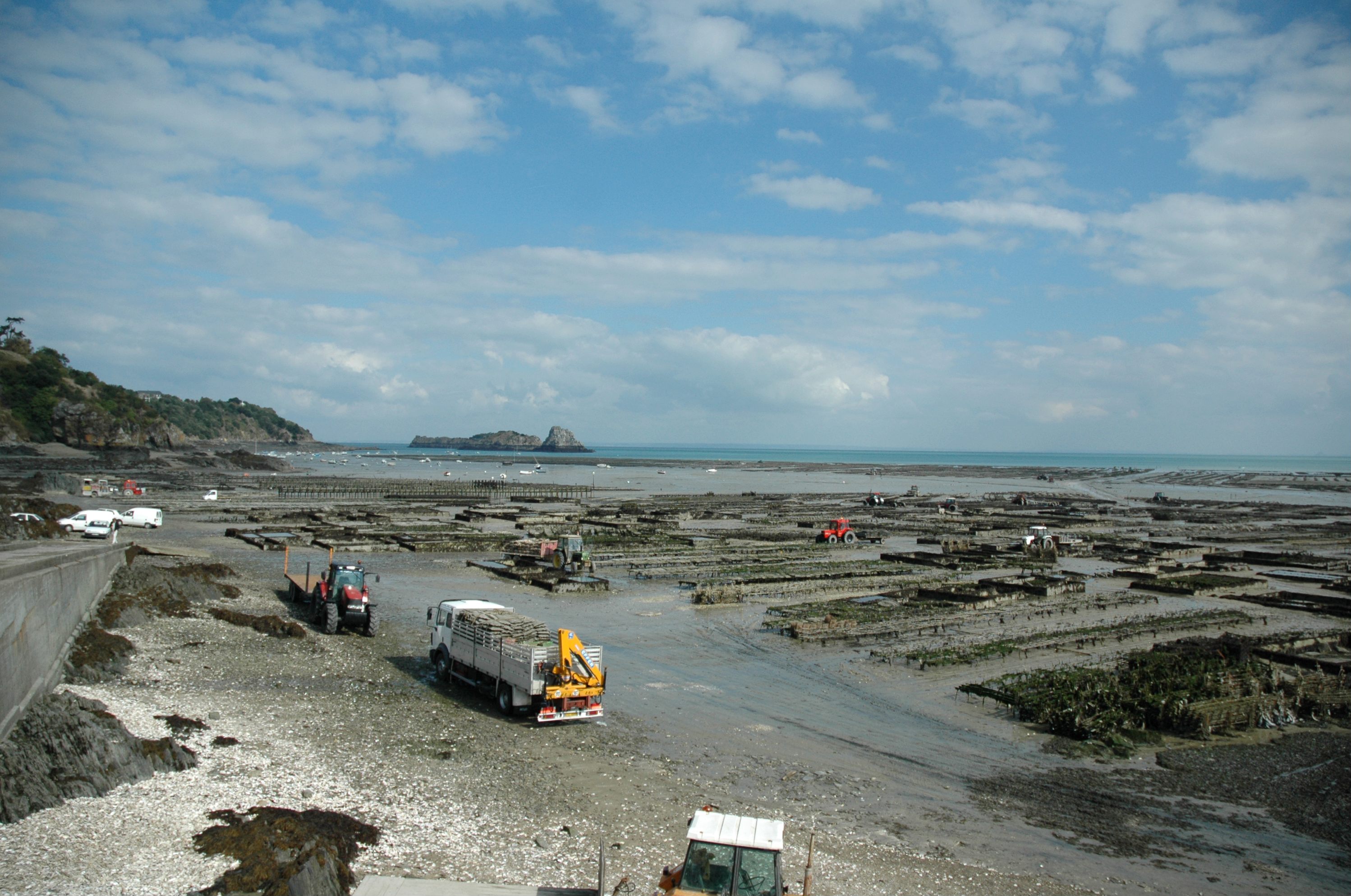|
Menemsha Pond
Menemsha Pond is a salt pond split between the towns of Aquinnah & Chilmark, Massachusetts. At the mouth of the pond, the Menemsha Creek leads into the Menemsha Bight and the Vineyard Sound. Along Menemsha Creek sits the historic sea-side fishing village of Menemsha. Menemsha Pond connects to both Stonewall Pond via Nashaquitsa Pond and to Squibnocket Pond via the Squibnocket Herring Run. Since 1902, Menemsha Pond is a federally recognized Harbor of Refuge. This designation altered the development of both the harbor at Menemsha and the channel into Menemsha Pond. Before the federal designation and redesign of the inlet, the channel was dredged locally to maintain access. History Archeological exploration indicates that indigenous peoples of the Wampanoag tribe have inhabited the shores of Menemsha Pond for approximately 10,000 to 7,500 years. Additionally, the tribe still maintains a presence on the pound with the tribal run hatchery, herring run, and with the tribal membe ... [...More Info...] [...Related Items...] OR: [Wikipedia] [Google] [Baidu] |
Chilmark, Massachusetts
Chilmark is a town located on Martha's Vineyard in Dukes County, Massachusetts, United States. The population was 1,212 at the 2020 census. The fishing village of Menemsha is located on the western side of the town along its border with the town of Aquinnah. Chilmark had the highest median home sale price of any town or city in Massachusetts in 2013. History Governor Thomas Mayhew, the Elder (March 31, 1593 – March 25, 1682) established the first English settlement of Martha's Vineyard, Nantucket and adjacent islands in 1642. The town officially incorporated on September 14, 1694, the first town to separate from the two original towns of Tisbury and Edgartown. The new town was named for Chilmark, the ancestral home of the family of Governor Thomas Mayhew of Tisbury, in the English county of Wiltshire. In 1714, Chilmark was made a township including the island of Nomans Land. The town was once known for its unusually high percentage of deaf citizens. In 1854, Chilmark had ... [...More Info...] [...Related Items...] OR: [Wikipedia] [Google] [Baidu] |
Hurricane Of 1938
The 1938 New England Hurricane (also referred to as the Great New England Hurricane and the Long Island Express Hurricane) was one of the deadliest and most destructive tropical cyclones to strike Long Island, New York, and New England. The storm formed near the coast of Africa on September 9, becoming a Category 5 hurricane on the Saffir–Simpson hurricane scale, before making landfall as a Category 3 hurricane on Long Island on Wednesday, September 21. It is estimated that the hurricane killed 682 people, damaged or destroyed more than 57,000 homes, and caused property losses estimated at $306 million ($4.7 billion in 2017). Multiple other sources, however, mention that the 1938 hurricane might have really been a more powerful Category 4, having winds similar to Hurricanes Hugo, Harvey, Frederic and Gracie when it ran through Long Island and New England. Also, numerous others estimate the real damage between $347 million and almost $410 million. Damaged trees and buildings ... [...More Info...] [...Related Items...] OR: [Wikipedia] [Google] [Baidu] |
Ponds Of Massachusetts
A pond is an area filled with water, either natural or Artificiality, artificial, that is smaller than a lake. Defining them to be less than in area, less than deep, and with less than 30% Aquatic plant, emergent vegetation helps in distinguishing their ecology from that of lakes and wetlands.Clegg, J. (1986). Observer's Book of Pond Life. Frederick Warne, London Ponds can be created by a wide variety of natural processes (e.g. on floodplains as cutoff river channels, by glacial processes, by peatland formation, in coastal dune systems, by beavers), or they can simply be isolated depressions (such as a Kettle (landform), kettle hole, vernal pool, Prairie Pothole Region, prairie pothole, or simply natural undulations in undrained land) filled by runoff, groundwater, or precipitation, or all three of these. They can be further divided into four zones: vegetation zone, open water, bottom mud and surface film. The size and depth of ponds often varies greatly with the time of year ... [...More Info...] [...Related Items...] OR: [Wikipedia] [Google] [Baidu] |
Flounder
Flounders are a group of flatfish species. They are demersal fish, found at the bottom of oceans around the world; some species will also enter estuaries. Taxonomy The name "flounder" is used for several only distantly related species, though all are in the suborder Pleuronectoidei (families Achiropsettidae, Bothidae, Pleuronectidae, Paralichthyidae, and Samaridae). Some of the better known species that are important in fisheries are: * Western Atlantic ** Gulf flounder – ''Paralichthys albigutta'' ** Southern flounder – ''Paralichthys lethostigma'' ** Summer flounder (also known as ''fluke'') – ''Paralichthys dentatus'' ** Winter flounder – ''Pseudopleuronectes americanus'' * European waters **European flounder – ''Platichthys flesus'' ** Witch flounder – ''Glyptocephalus cynoglossus'' * North Pacific ** Halibut – ''Hippoglossus stenolepis'' ** Olive flounder – ''Paralichthys olivaceus'' Eye migration Larval flounder are born with one eye on each side o ... [...More Info...] [...Related Items...] OR: [Wikipedia] [Google] [Baidu] |
Quahogs
The hard clam (''Mercenaria mercenaria''), also known as the round clam, hard-shell (or hard-shelled) clam, or the quahog, is an edible marine bivalve mollusk that is native to the eastern shores of North America and Central America from Prince Edward Island to the Yucatán Peninsula. It is one of many unrelated edible bivalves that in the United States are frequently referred to simply as clams, as in the expression "clam digging". Older literature sources may use the systematic name ''Venus mercenaria''; this species is in the family Veneridae, the venus clams. Confusingly, the "ocean quahog" is a different species, ''Arctica islandica'', which, although superficially similar in shape, is in a different family of bivalves: it is rounder than the hard clam, usually has black periostracum, and there is no pallial sinus in the interior of the shell. Alternative names The hard clam has many alternative common names. It is also known as the Northern quahog, round clam, or chowder c ... [...More Info...] [...Related Items...] OR: [Wikipedia] [Google] [Baidu] |
Bay Scallops
''Argopecten irradians'', formerly classified as ''Aequipecten irradians'', common names Atlantic bay scallop or bay scallop, is a species of scallop in the family Pectinidae. An edible saltwater clam, it is native to the northwest Atlantic from Cape Cod to the Gulf of Mexico. Biology Development At the northern extreme of its range in Massachusetts germ and gonial cells complete development in winter and early spring according to Sastry 1970. At the southern extreme the timeline is very different with Barber & Blake 1983 finding cytoplasmic growth stages occurred in July in Tarpon Springs, Florida, almost at the highest water temperature of the year. Immunity ' is a peptidoglycan recognition protein (PGRP). Its cDNA was cloned by Ni ''et al.'' 2007 and is the first bivalve PGRP to be cloned. ' is a galectin discovered by Song ''et al''. 2010, ' is a toll-like receptor (TLR) shared with other bivalves. It was first found ''in this scallop'' by Song ''et al.'' 2006. Song 2006 ... [...More Info...] [...Related Items...] OR: [Wikipedia] [Google] [Baidu] |
Oyster Farming
Oyster farming is an aquaculture (or mariculture) practice in which oysters are bred and raised mainly for their pearls, shells and inner organ tissue, which is eaten. Oyster farming was practiced by the ancient Rome, ancient Romans as early as the 1st century BC on the Italian peninsula and later in Roman Britain, Britain for export to Rome. The French oyster industry has relied on aquacultured oysters since the late 18th century. History Oyster farming was practiced by the ancient Romans as early as the 1st century BC on the Italian peninsula. With the Barbarian invasions the oyster farming in the Mediterranean and the Atlantic came to an end. In fact, the Romans were the very first to cultivate Oysters. The Roman engineer Sergius Orata is known for his innovative ways of breeding and commercializing oysters. He did this by cultivating the mollusk with a system that could control the water levels. In 1852 Monsieur de Bon started to re-seed the oyster beds by collecting ... [...More Info...] [...Related Items...] OR: [Wikipedia] [Google] [Baidu] |
Menemsha Creek, Mass (68478)
Menemsha is a small fishing village located in the town of Chilmark on the island of Martha's Vineyard in Dukes County, Massachusetts, United States. It is located on the east coast of Menemsha Pond, adjacent to the opening into the Vineyard Sound on the pond's northern end. The village's historic harbor serves as the point of departure for local fishermen, some from multi-generational fishing families, as well as charter boats to the Elizabeth Islands and elsewhere. Besides charter fishing and cruises, other amenities are the public beach adjacent to the harbor and the bicycle ferry across Menemsha Pond to Aquinnah. Menemsha is the location of a United States Coast Guard station, Coast Guard Station Menemsha, and was once known as Menemsha Creek. It was the shooting background for the fictional "Amity Island" of Steven Spielberg's 1975 film ''Jaws Jaws or Jaw may refer to: Anatomy * Jaw, an opposable articulated structure at the entrance of the mouth ** Mandible, the lower ja ... [...More Info...] [...Related Items...] OR: [Wikipedia] [Google] [Baidu] |
Bike Ferry, Menemsha MA
A bicycle, also called a pedal cycle, bike or cycle, is a human-powered or motor-powered assisted, pedal-driven, single-track vehicle, having two wheels attached to a frame, one behind the other. A is called a cyclist, or bicyclist. Bicycles were introduced in the 19th century in Europe. By the early 21st century, more than 1 billion were in existence. These numbers far exceed the number of cars, both in total and ranked by the number of individual models produced. They are the principal means of transportation in many regions. They also provide a popular form of recreation, and have been adapted for use as children's toys, general fitness, military and police applications, courier services, bicycle racing, and bicycle stunts. The basic shape and configuration of a typical upright or "safety bicycle", has changed little since the first chain-driven model was developed around 1885. However, many details have been improved, especially since the advent of modern ma ... [...More Info...] [...Related Items...] OR: [Wikipedia] [Google] [Baidu] |
Massachusett Language
The Massachusett language is an Algonquian language of the Algic language family, formerly spoken by several peoples of eastern coastal and southeastern Massachusetts. In its revived form, it is spoken in four communities of Wampanoag people. The language is also known as or (Wampanoag), and historically as , Indian or . The language is most notable for its community of literate Native Americans and for the number of translations of religious texts into the language. John Eliot's translation of the Christian Bible in 1663 using the Natick dialect, known as ''Mamusse Wunneetupanatamwe Up-Biblum God'', was the first printed in the Americas, the first Bible translated by a non-native speaker, and one of the earliest examples of a Bible translation into a previously unwritten language. Literate Native American ministers and teachers taught literacy to the elites and other members of their communities, influencing a widespread acceptance. This is attested in the numerous court ... [...More Info...] [...Related Items...] OR: [Wikipedia] [Google] [Baidu] |
United States Army Corps Of Engineers
, colors = , anniversaries = 16 June (Organization Day) , battles = , battles_label = Wars , website = , commander1 = LTG Scott A. Spellmon , commander1_label = Chief of Engineers and Commanding General of the U.S. Army Corps of Engineers , commander2 = MGbr>Richard J. Heitkamp, commander2_label = Deputy Chief of Engineers and Deputy Commanding General , commander3 = MGKimberly M. Colloton, commander3_label = Deputy Commanding General for Military and International Operations , commander4 = MGbr>William H. Graham, commander4_label = Deputy Commanding General for Civil and Emergency Operations , commander5 = COLbr>James J. Handura, commander5_label = Chief of Staff for the U.S. Army Corps of Engi ... [...More Info...] [...Related Items...] OR: [Wikipedia] [Google] [Baidu] |









